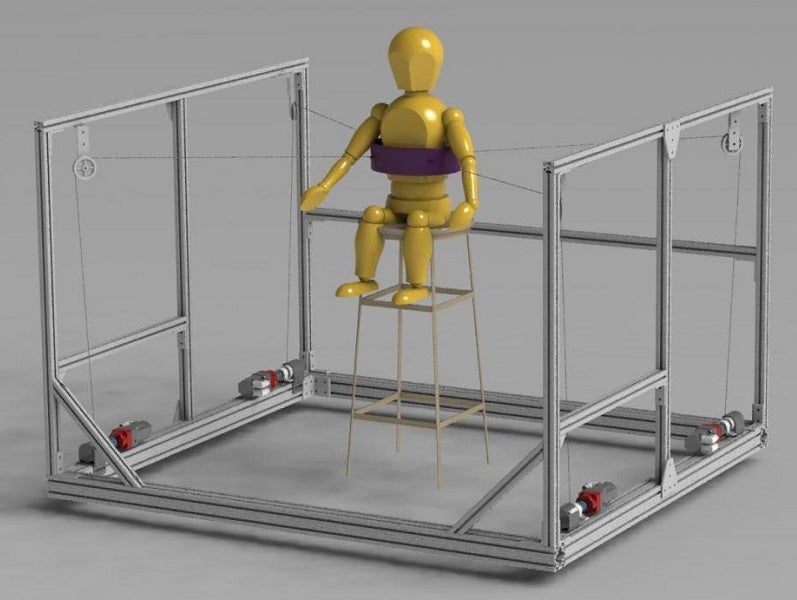
A robotic trunk support device has been used to help patients with spinal cord injuries (SCIs) sit more stably.
The Trunk-Support Trainer (TruST) can be used to assist and train people with SCIs to sit more stably by improving their core control, allowing them to gain an expanded sitting workspace around their body of around 25%.

Discover B2B Marketing That Performs
Combine business intelligence and editorial excellence to reach engaged professionals across 36 leading media platforms.
The device was developed by researchers at the Columbia University School of Engineering, with a study assessing its efficacy published in Spinal Cord Series and Cases.
TruST is a motorised-cable driven belt, designed for people with SCIs who typically use a wheelchair. The belt is placed on the user’s torso to determine their postural control limits and sitting workspace area, and delivers forces on the torso when the user moves their upper body. This allows them to extend their upper body movements beyond their typical postural stability limits when they sit down.
Columbia Engineering professor Sunil Agrawal said: “We found that TruST not only prevents patients from falling, but also maximizes trunk movements beyond patients’ postural control, or balance limits.”
Five subjects were examined with the Postural Star-Sitting Test, a customised postural test that required them to follow a ball with their head and move their body as far as possible, without using their hands or falling. The test was repeated in eight directions, giving the researchers the overall sitting workspace of each individual.

US Tariffs are shifting - will you react or anticipate?
Don’t let policy changes catch you off guard. Stay proactive with real-time data and expert analysis.
By GlobalDataTruST was then tailored to apply personalised assistive forces for each subject while they performed the same movements. The subjects were able to reach about 25% further in all directions.
The research team are now exploring the use of TruST to improve trunk control in adults and children with spinal cord injuries.
Agrawal said: “The robotic platform will be used to train participants with SCI by challenging them to move their trunk over a larger workspace, with TruST providing assist-as-needed force fields to safely bring the subjects back to their neutral sitting posture.
“This force field will be adjusted to the needs of the participants over time as they improve their workspace and posture control.”





